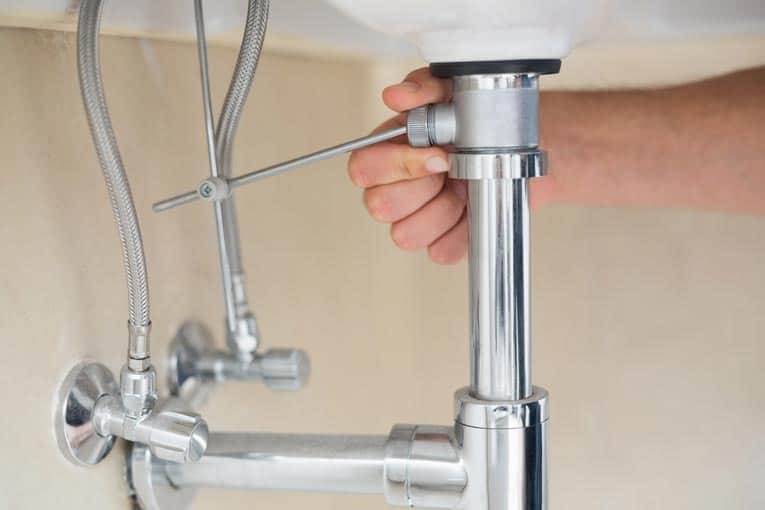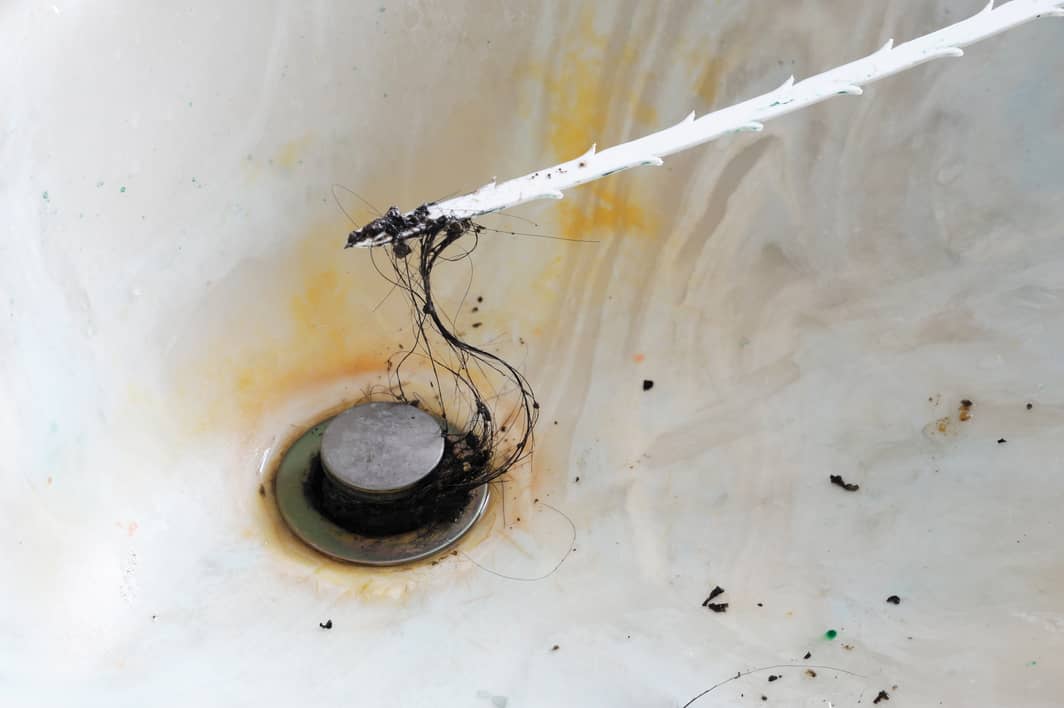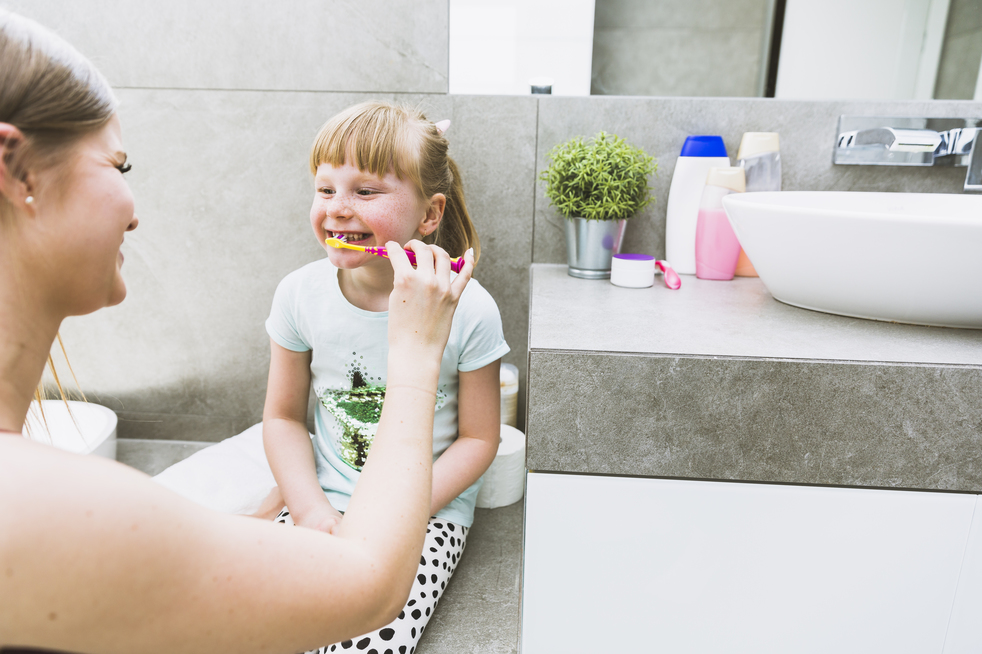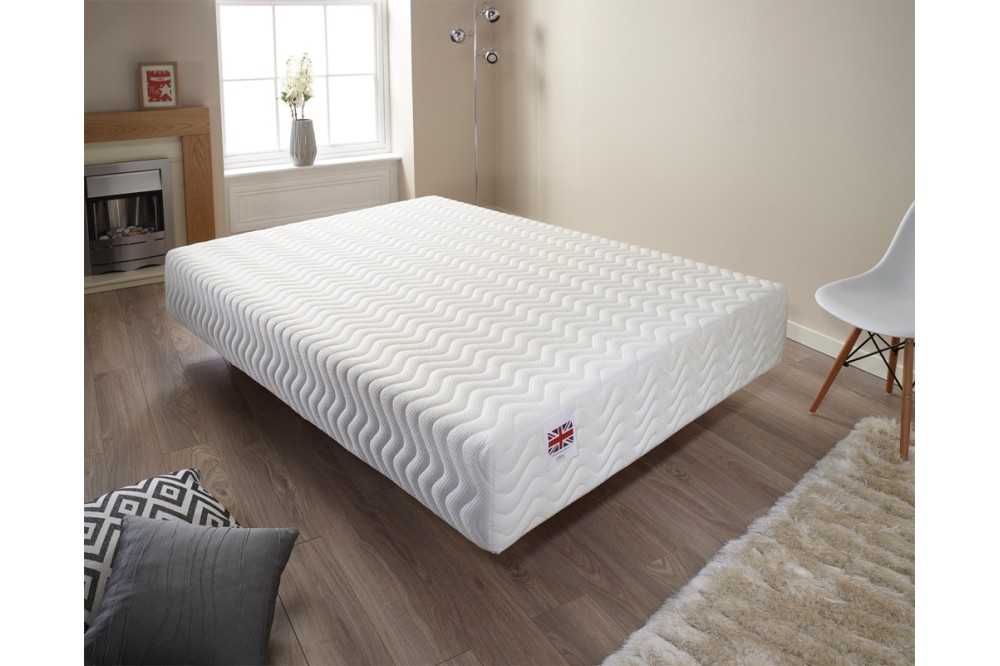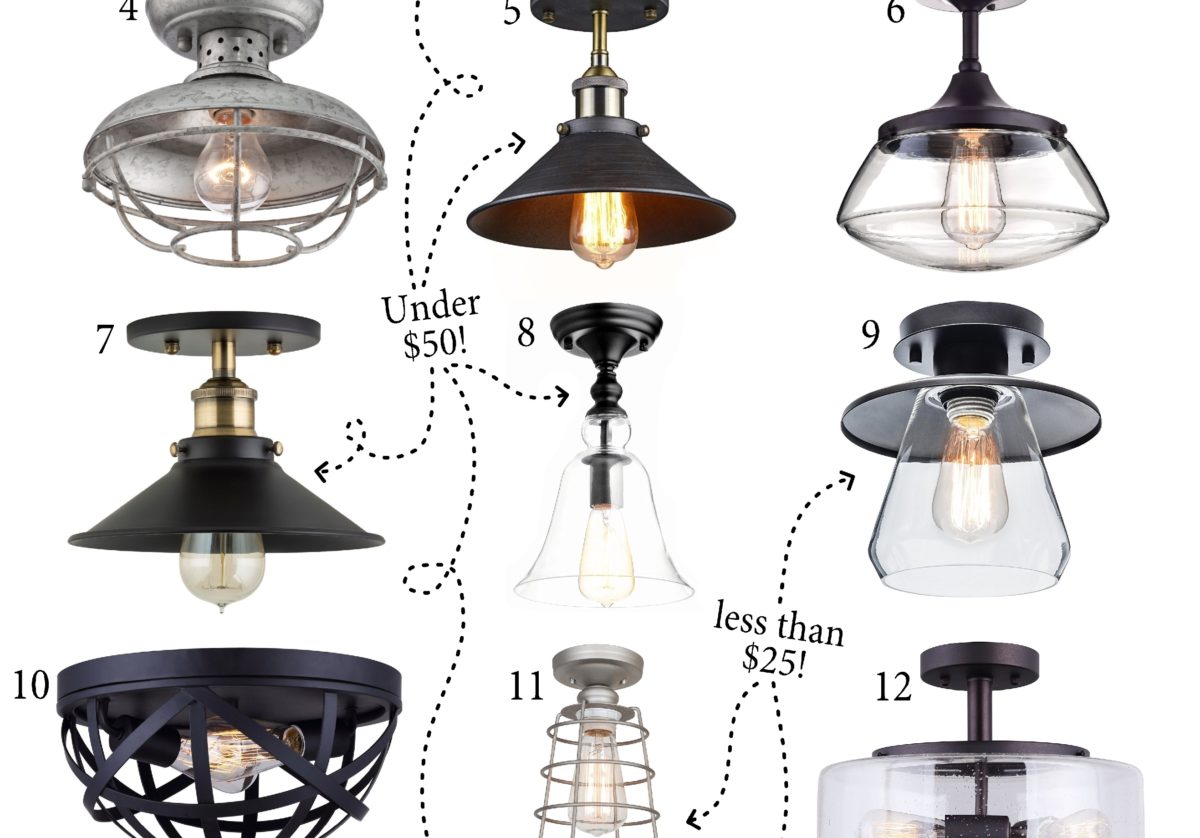Unclog a Bathroom Sink
If your bathroom sink is filling up with water, it’s likely that you have a clog in your drain. This can be a frustrating problem, but the good news is that there are several ways to unclog a bathroom sink and get the water draining properly again. In this article, we’ll go over the top 10 methods for clearing a clogged bathroom sink and getting your drain running smoothly.
How to Fix a Slow Draining Bathroom Sink
One of the most common issues with bathroom sinks is slow draining. This can happen because of hair, soap scum, or other debris building up in the drain over time. To fix this problem, you can try using a plunger. Fill the sink with a few inches of water, place the plunger over the drain, and push and pull until the water starts to drain. If this doesn’t work, you may need to remove the drain stopper and clean out any debris that has accumulated.
Clearing a Clogged Bathroom Sink Drain
For more stubborn clogs, you may need to use a drain snake or auger. These tools can be inserted into the drain to break up and remove the clog. You can either purchase a drain snake from a hardware store or make your own using a wire hanger. Simply straighten out the hanger and bend one end into a hook shape to use for grabbing onto the clog and pulling it out.
DIY Bathroom Sink Drain Repair
If you notice that your sink is still draining slowly after clearing the clog, there may be an issue with the drain pipe. You can try using a pipe wrench to remove the drain pipe and clean it out. You can also try using a combination of baking soda and vinegar to break up any remaining debris in the pipe. Pour a cup of baking soda down the drain, followed by a cup of vinegar. Let it sit for about 30 minutes and then flush with hot water.
How to Fix a Bathroom Sink That Won't Drain
If your sink is completely clogged and won’t drain at all, you may need to use a more powerful solution. Chemical drain cleaners can be effective, but they can also be harsh on your pipes and harmful to the environment. Instead, try using a mixture of equal parts baking soda and salt. Pour this down the drain, followed by boiling water. Let it sit for a few minutes before flushing with hot water. This can help to dissolve any stubborn clogs and get your sink draining again.
Troubleshooting a Slow Draining Bathroom Sink
If your sink continues to drain slowly or gets clogged frequently, there may be a bigger issue at play. You may have a blockage further down in your pipes, or your pipes may be old and corroded, making it easier for debris to get stuck. In this case, it’s best to call a professional plumber to assess the situation and make any necessary repairs.
How to Unclog a Bathroom Sink Without Chemicals
If you prefer to avoid using harsh chemicals to unclog your bathroom sink, there are some natural alternatives you can try. One method is to pour boiling water down the drain, followed by a cup of baking soda and a cup of vinegar. Let it sit for a few minutes before flushing with hot water. You can also try using a mixture of baking soda and salt, as mentioned earlier.
Fixing a Clogged Bathroom Sink with a Plunger
A plunger is a handy tool for unclogging a bathroom sink. If you don’t have one, you can purchase one at a hardware store or use a plunger meant for a toilet. Make sure to cover the overflow drain with a cloth or tape to create a seal. Then, fill the sink with a few inches of water and start plunging. This can help to dislodge and clear any clogs in the drain.
Removing Hair from a Bathroom Sink Drain
One of the most common culprits for clogged bathroom sinks is hair. To help prevent hair from clogging your drain, you can use a hair catcher or screen over the drain to catch any loose hairs. You can also try using a mixture of baking soda and salt regularly to help break down and remove any hair that has built up in the drain.
Preventing a Bathroom Sink from Clogging
The best way to deal with a clogged bathroom sink is to prevent it from happening in the first place. You can do this by regularly cleaning out your drain and using a hair catcher or screen to catch any debris. You can also avoid pouring grease, oil, or food scraps down the sink, as these can easily create clogs. If you have hard water, consider installing a water softener to help prevent mineral buildup in your pipes.
In conclusion, a clogged bathroom sink can be a frustrating and inconvenient problem, but with these top 10 methods for unclogging and preventing clogs, you can keep your sink running smoothly and avoid any major plumbing issues. Remember to always use caution when using chemicals or tools to clear a clog, and if the issue persists, don’t hesitate to call a professional plumber for assistance.
The Importance of a Well-Designed Bathroom Sink
/close-up-of-overflowing-bathroom-sink-90201417-579787783df78ceb865822d8.jpg)
Efficient Use of Space
 When designing a house, every inch of space counts. This is especially true for small bathrooms where the sink can take up a significant amount of room.
A bathroom sink that is filling up with water can be a sign of poor design and lack of functionality.
A well-designed bathroom sink should not only be stylish, but it should also be efficient in terms of space utilization. This can be achieved by choosing a sink with a compact design that fits seamlessly into the bathroom layout.
When designing a house, every inch of space counts. This is especially true for small bathrooms where the sink can take up a significant amount of room.
A bathroom sink that is filling up with water can be a sign of poor design and lack of functionality.
A well-designed bathroom sink should not only be stylish, but it should also be efficient in terms of space utilization. This can be achieved by choosing a sink with a compact design that fits seamlessly into the bathroom layout.
Enhanced Functionality
 A bathroom sink is a highly functional element in any bathroom. It is where we wash our hands, brush our teeth, and perform other daily grooming tasks.
A sink that is constantly filling up with water can hinder these activities and make them more difficult.
This is why it is important to choose a sink that not only looks good but also functions well. Look for features such as multiple faucet holes, extra storage space, and a well-positioned drain to ensure that your sink serves its purpose effectively.
A bathroom sink is a highly functional element in any bathroom. It is where we wash our hands, brush our teeth, and perform other daily grooming tasks.
A sink that is constantly filling up with water can hinder these activities and make them more difficult.
This is why it is important to choose a sink that not only looks good but also functions well. Look for features such as multiple faucet holes, extra storage space, and a well-positioned drain to ensure that your sink serves its purpose effectively.
Aesthetic Appeal
 A well-designed bathroom sink can greatly enhance the overall aesthetic appeal of your bathroom.
It is a focal point that can add character and style to the space.
When choosing a sink, consider the design, material, and color to ensure that it complements the rest of your bathroom decor. A sleek and modern sink can give your bathroom a contemporary look, while a traditional porcelain sink can add a touch of elegance.
A well-designed bathroom sink can greatly enhance the overall aesthetic appeal of your bathroom.
It is a focal point that can add character and style to the space.
When choosing a sink, consider the design, material, and color to ensure that it complements the rest of your bathroom decor. A sleek and modern sink can give your bathroom a contemporary look, while a traditional porcelain sink can add a touch of elegance.
Easy Maintenance
 No one likes spending hours scrubbing and cleaning their bathroom sink.
A sink that is filling up with water can be a breeding ground for bacteria and can be difficult to clean, leading to unsanitary conditions.
A well-designed sink should be easy to maintain and keep clean. Look for materials that are resistant to stains and easy to wipe down, such as ceramic or stainless steel.
No one likes spending hours scrubbing and cleaning their bathroom sink.
A sink that is filling up with water can be a breeding ground for bacteria and can be difficult to clean, leading to unsanitary conditions.
A well-designed sink should be easy to maintain and keep clean. Look for materials that are resistant to stains and easy to wipe down, such as ceramic or stainless steel.
Final Thoughts
/water-overflowing-in-kitchen-sink-200553937-001-5797e6335f9b58461f5a6736.jpg) In conclusion, a well-designed bathroom sink is essential for a functional and aesthetically pleasing bathroom. It should be efficient in terms of space utilization, enhance functionality, add to the overall aesthetic appeal, and be easy to maintain. When choosing a sink, keep these factors in mind to ensure that you have a sink that not only looks good but also serves its purpose effectively. With a well-designed sink, your bathroom will not only be visually appealing but also a functional and comfortable space.
In conclusion, a well-designed bathroom sink is essential for a functional and aesthetically pleasing bathroom. It should be efficient in terms of space utilization, enhance functionality, add to the overall aesthetic appeal, and be easy to maintain. When choosing a sink, keep these factors in mind to ensure that you have a sink that not only looks good but also serves its purpose effectively. With a well-designed sink, your bathroom will not only be visually appealing but also a functional and comfortable space.
























:max_bytes(150000):strip_icc()/freshen-and-unclog-drain-with-baking-soda-1900466-22-bbf940b70afa4d5abef0c54da23b1d3f.jpg)


















































